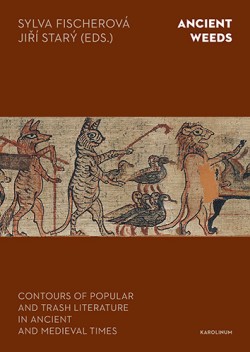Popis
The handbooks of literary studies usually tell us that the emergence of popular and junk literature is related to the emergence of modern society. We are told that this literary form, characterized by schematicity, simplicity, and lack of creativity, did not come about until the rise of literacy and the shortening of workdays. This publication attempts to present a different perspective, demonstrating that antiquity had its fair share of literary pieces that fit the definition of popular, trivial, and junk literature. The authors analyze artifacts such as the ancient Egyptian Turin Papyrus, ancient love novels, Christian hagiographies and passion plays, lives of Jesus and Marian hymns, Byzantine parodies of liturgical procedure, Old Norse tales and lying sagas, Arabic maqams and Spanish blind romances. Through numerous excerpts, it becomes clear that the line between junk and high literature is thinner than it seems. We find that seemingly low themes such as sex and violence can overlap with the themes of high literature, that schematicity does not preclude variation and innovation, that low literature is often more imaginative and subversive than canonical texts, and that bizarreness and non-comformity to the rules do not equate to ephemerality. Thousands of years after it was written, low literature can still be a great source of entertainment today.

